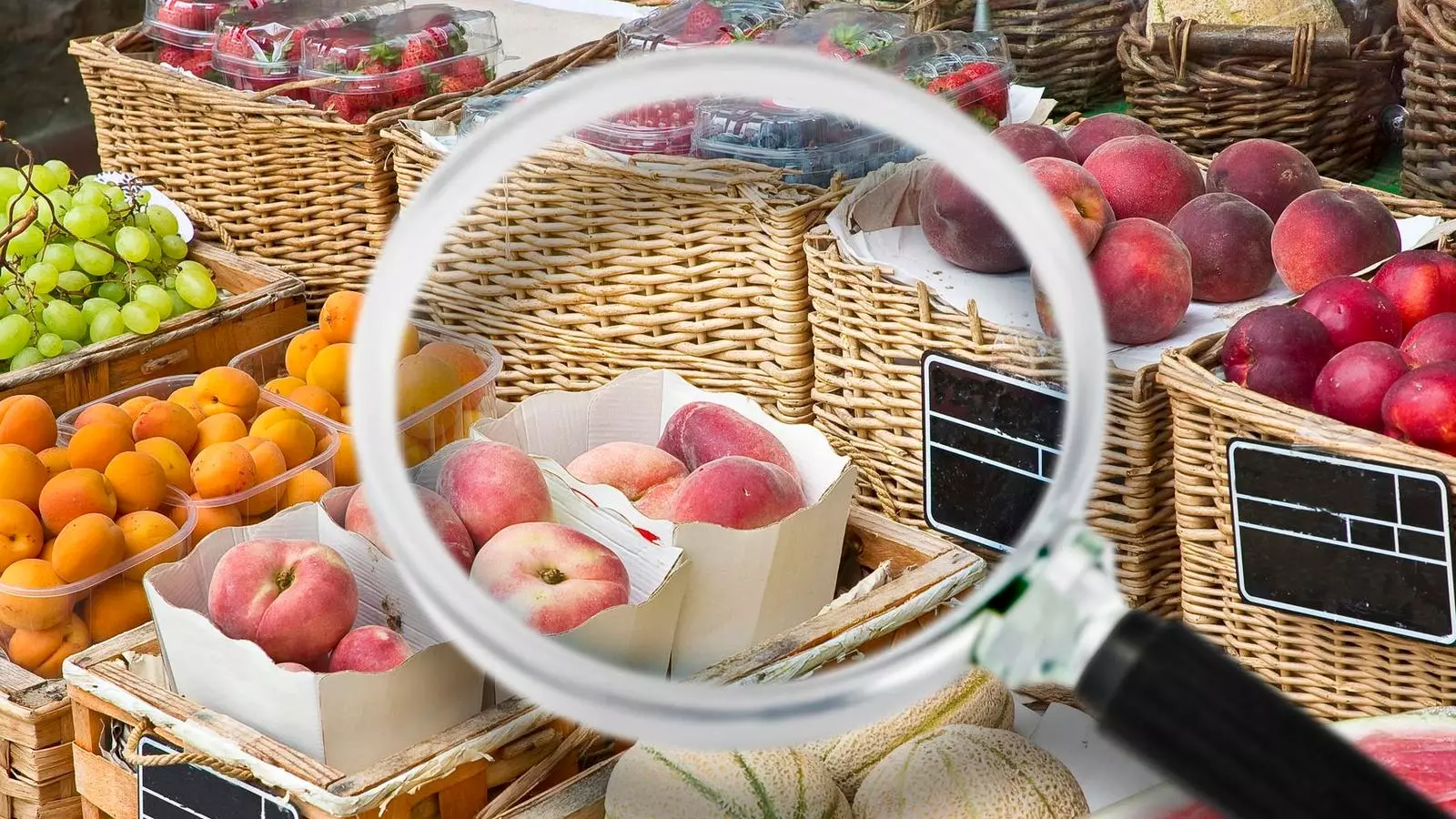Food recalls, often sensationalized in the media, typically draw attention when contaminated or misbranded products are discovered on store shelves, risking consumer health. However, there exists an equally critical aspect of food safety that seldom garners media coverage: recalls that occur before products reach consumers. This behind-the-scenes effort not only protects public health but also underscores the complexities and challenges inherent in evaluating the safety of food supply chains. While these proactive measures prevent potentially hazardous products from reaching grocery stores, they also accentuate the systemic vulnerabilities in our food safety framework.
Recent recalls, including a significant 1,152-pound batch of Peppered Dried Catfish imported from an ineligible establishment in Vietnam, highlight the importance of rigorous oversight by federal agencies like the USDA. Although seafood imports are subject to strict safety regulations, this incident raises disturbing questions: how thoroughly are overseas food supply chains monitored? If products can slip through the cracks without federal approval or inspections, consumers may unknowingly be at risk of serious health repercussions. This situation reveals a glaring weakness in our import policy that demands immediate attention and reform.
Food recalls affecting restaurants often lack the visibility that those targeting grocery stores receive. A notable case in point is the massive 105,164-pound recall of ready-to-eat frozen drunken chicken distributed to 11 Indiana Yats restaurant locations. Although these products never made it to retail shelves, the failure to adequately publicize such recalls poses a significant threat. Consumers who dine out remain largely unaware of the risks lurking in the food they consume, highlighting the discrepancy between food safety communication in retail versus food service domains. It is essential now more than ever to ensure that all aspects of the food distribution sector, including restaurants, are aligned in their commitment to food safety transparency.
One of the more disturbing recalls this month was the 33,899-pound beef tallow incident, where products misrepresented as food items lacked necessary federal inspection. This case calls attention to significant flaws in food labeling practices, posing the question: how many products are misleadingly marketed to consumers? In an era where misinformation can lead to harmful consequences, there is an urgent need for stricter labeling regulations and enhanced enforcement to ensure that consumers can trust the information presented on food packaging.
The connection between food recalls and institutional settings such as nursing homes cannot be overstated. A tragic Listeria outbreak linked to recalled shakes resulted in multiple fatalities, rendering the idea of food safety far more pressing than a mere retail concern. For vulnerable populations that often rely on institutional food services, the ramifications of these recalls can be catastrophic. This highlights an area in food safety that requires amplified scrutiny—ensuring that food offered to these at-risk groups is adequately inspected and monitored.
Despite the unease surrounding these recalls, there is a silver lining: proactive food safety systems effectively mitigate risks before consumers are affected. For instance, a Class I recall involving contaminated ice cream was raised to critical status but did not reach retail due to swift intervention. This scenario illustrates the effectiveness of regulatory systems in averting potential public health crises. It serves as a testament to the dedication of various stakeholders—from manufacturers to government regulators—in their consistent efforts to identify and eliminate threats in the food supply chain.
Food safety is more than a regulatory challenge; it’s a culture that needs nurturing across all levels of the food supply chain. From ensuring proper inspections during importation to enforcing diligent labeling practices and communicating effectively with customers in both retail and food service environments, it is imperative to cultivate a robust food safety culture. Recent recalls remind us that systems can fail, but a dedicated approach to food safety can prevent misfortune from manifesting into public health crises.
While the headlines often focus on the recalls affecting grocery store products, the hidden world of preemptive recalls showcases the necessity of vigilant oversight and robust regulation. The commitment to protecting consumers is evident—but continuing to strengthen the frameworks surrounding food safety will be critical in reducing the risks associated with both domestic and imported food products. The fight for consumer safety necessitates a collaborative effort among all stakeholders in the food supply chain, ensuring that safety remains the top priority, all the way from farm to table.


Leave a Reply